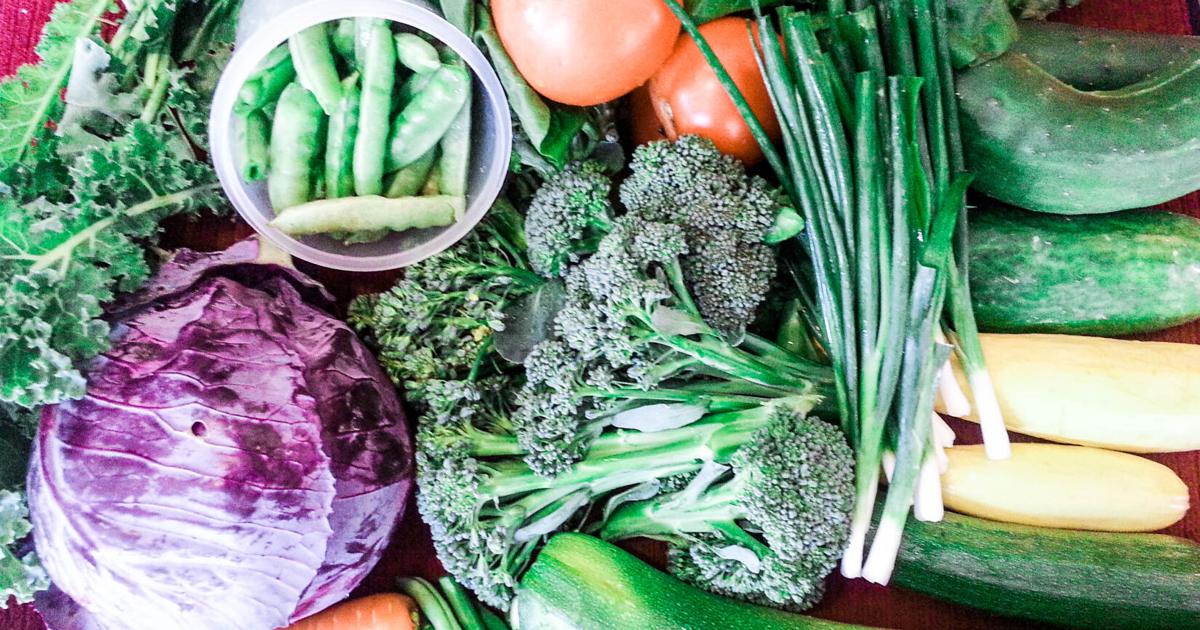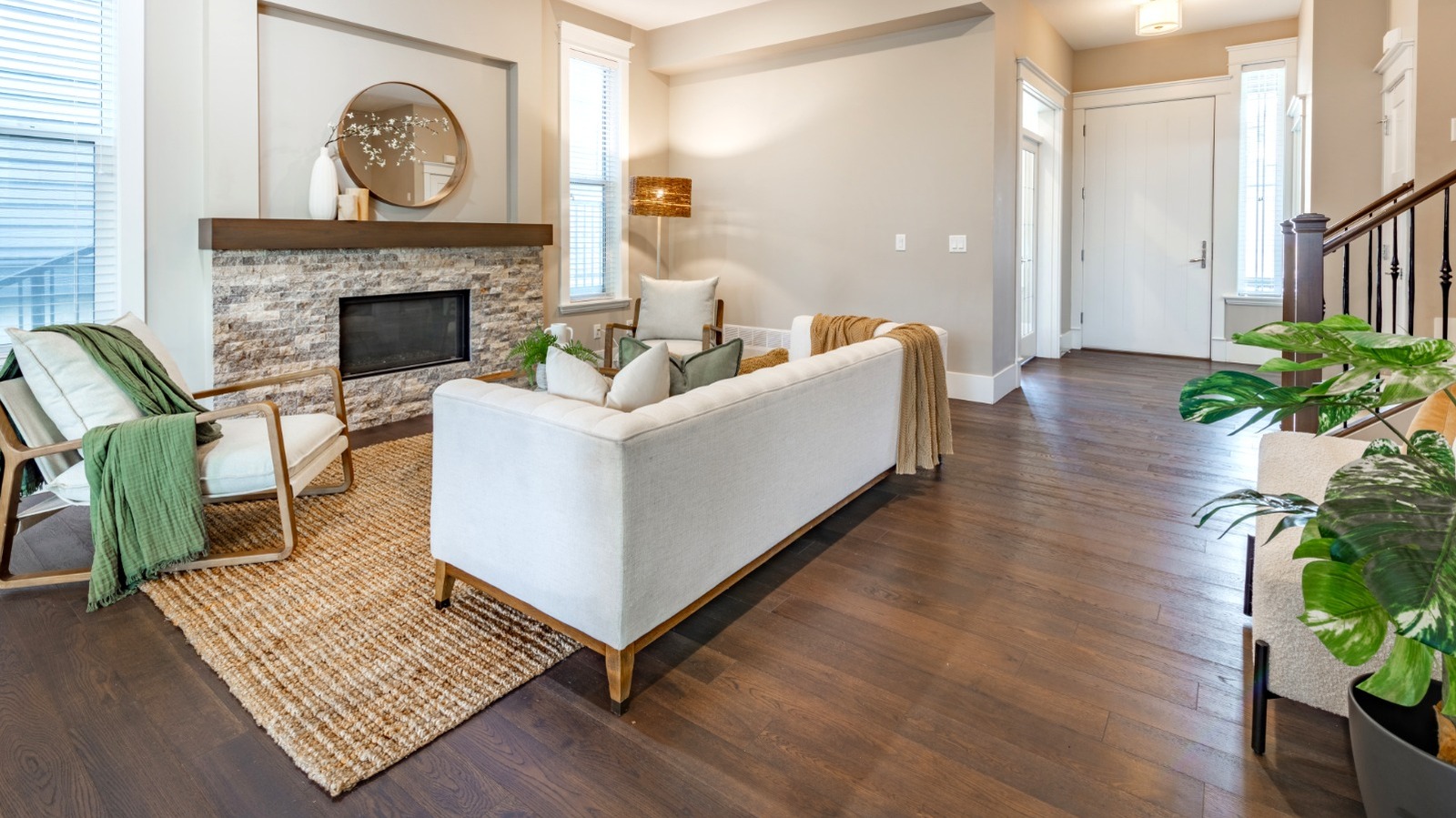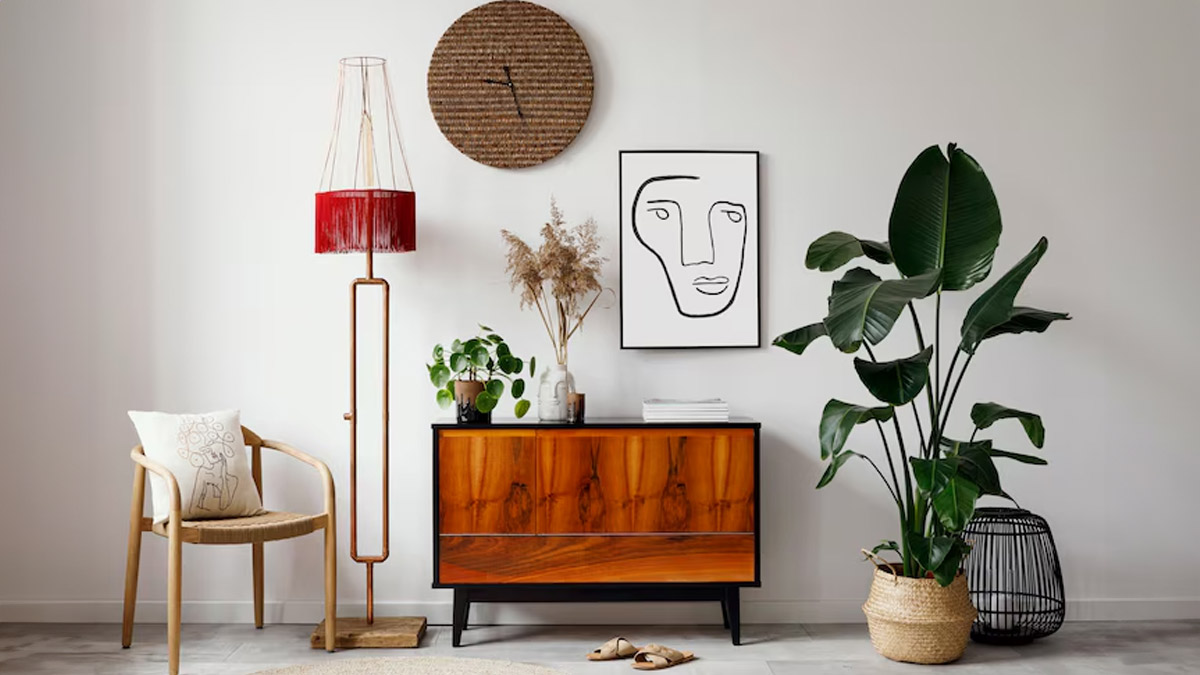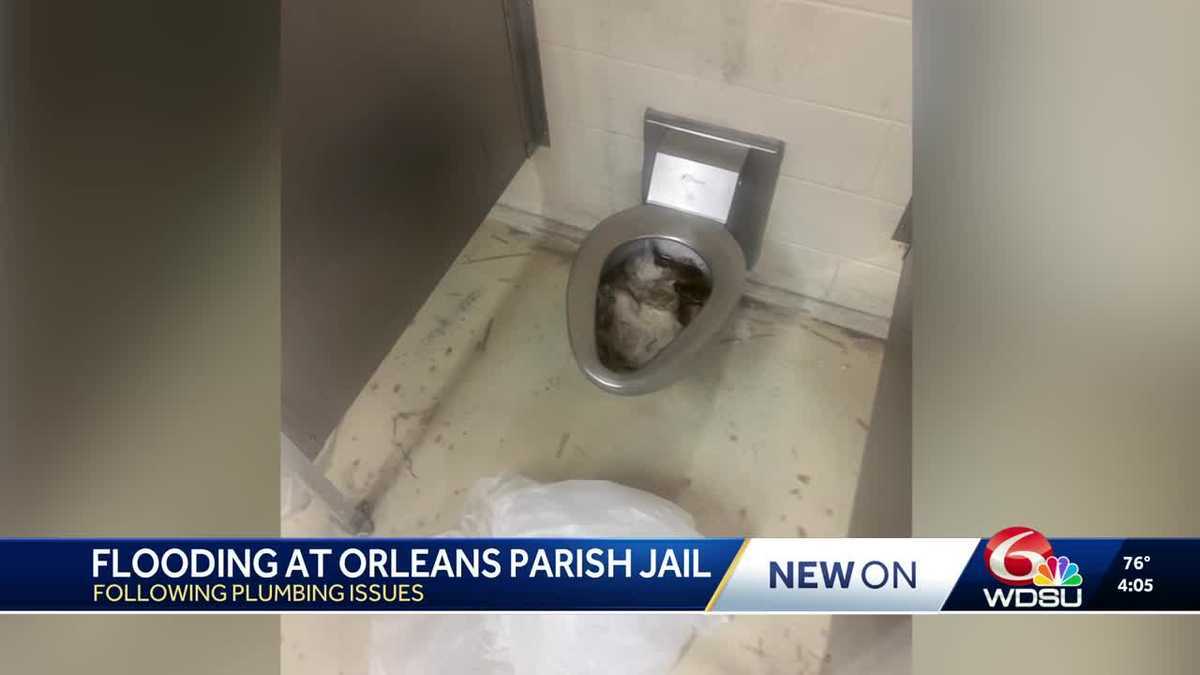As we wrap up the 2023 gardening season, let’s look back on the leading gardening trends that showed up this year and will set the tone for 2024.
Colors
Hot, bright neon colors are leading the way in this department. Both indoor and outdoor plants with cyber-lime green, hot pink, magenta or orange flowers and chartreuse, black, silver, white and pink foliage are finding their way into homes and gardens. Throw in variegated versions of any of these and you have a colorful mix. Garden and home décor is often coordinated with leaf and flower colors.
Styles
Science fiction and occult themes are finding their way into garden design. In the sci-fi department gardeners are looking for futuristic looking plants, lighting in neon colors and fixtures that cast light in patterns. Garden furniture and décor that has sharp angles and comes in bright colors are popular. UFO lighting anyone? In the occult department, old fashion plants like roses, sweet peas and anything that looks ghostly or has dark leaves are in high fashion. Plants like foxglove hollyhock, meadowsweet, monkshood, primrose and tansy that have medicinal properties or might be found in an imaginary witch’s brew are mixing it up with other plants.
Creative use of small spaces
Smaller yards and gardens have seen interest in hanging and container gardens and smaller versions of larger garden plants rise. Vertical gardening on fences and walls is taking advantage of every bit of space. Food gardening done either in containers or by mixing vegetable plants into gardens for their ornamental value has increased. An artichoke plant has very dramatic leaves that can create a great architectural element in the garden along with tasty fruits best served with butter and lemon. The concept of outdoor rooms decorated with plants and garden art are a must-have for many.
Interest in insects
Interest in insects and creating gardens that support them is skyrocketing. The National Gardening Survey saw a 10% increase year over year in people planting for bees, butterflies and birds. Gardeners are rethinking how to support pollinators and beneficial insects and replacing plants that don’t provide the visitors with food, shelter and breeding space with plants that do. They are leaving woody debris and fallen leaves and garden debris on their beds to provide habitat. Fallen branches and trees are being left where they lie. There are an increasing number of insect walks in local parks and natural areas. The number of people purchasing native plants has almost doubled since 2019.
Community action
Lastly, neighborhoods and communities are coming together to create communal gardening spaces and planting trees. The creation of community gardens and food forests is rising. Beautification projects that create sustainable and efficient gardens that use water and sunlight resources wisely are popping up everywhere. Communities are planting more trees to shade homes, streets and parks from the increasingly hot summers. In Spokane, SpokaneScape is helping homeowners replace their thirsty lawns with drought tolerant alternatives that are lighter on the land.









